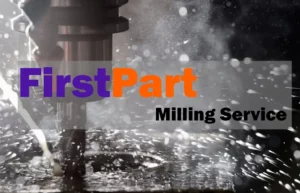Prototypes are the first full-featured form of new product design, used for investor demonstrations, user testing, and to provide your audience with visual and interactive products. Prototypes can help you understand which features need to be improved to ensure that you can quickly improve the product and bring it to market.
The journey from concept to market is usually a long road, with hidden obstacles and unpredictable turns everywhere. Rapid prototyping of build designs can help simplify this path and bring some substantial benefits.
Identify mistakes early: By building prototypes, you can quickly eliminate those ineffective methods and focus on those effective methods.

Collect more accurate requirements: Due to insufficient demand, project cost increases are usually attributed to rework. Traditional demand collection techniques may fail, and many people find it difficult to conceptualize products before seeing them. By developing an effective prototype, you can demonstrate this feature to help consolidate the requirements of the final design.
Understand the problem technically: Time can enhance your understanding of possible problems. By developing functional prototypes, you will have to deal with predictable and unpredictable technical challenges in device design. Then, when you use the final product, you can apply these solutions to a more elegant system design.
Resolving conflicts: Disagreement will inevitably lead to conflicts, and conflicts may be difficult to resolve. By leveraging rapid prototyping, you can quickly perform multiple different iterations of the function and benchmark the resulting performance to analyze the trade-offs for each method.
Funding: Proving the feasibility of ideas by developing prototypes can reduce investors ’investment risks. Prototypes that prove effective can increase the likelihood that your idea will be funded.
The prototype can provide the audience with the appearance needed to conceptualize the function of the product, but the performance of the prototype is not as perfect as the later products and should not be compared under normal tare conditions. The rapid prototyping process allows you to test product functionality, manufacturing methods and user experience before full production. The feedback and information you collect from prototype testing is critical to the implementation and launch of successful products.










